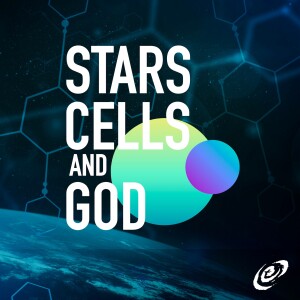
Wednesday Oct 11, 2023
Sun's Birth Cluster and More Gravitational Waves
Join Hugh Ross and Jeff Zweerink as they discuss new discoveries taking place at the frontiers of science that have theological and philosophical implications, including the reality of God’s existence.
Sun’s Birth Cluster
The quantity of aluminum-26 in primitive meteorites indicates that a nearby core-collapse supernova event occurred during the first 100,000 years of the solar system’s existence. For this to be possible, the solar system’s birth cluster must have contained 2,000–20,000 stars. Additionally, the solar system must have formed in a huge, dense molecular cloud where multiple filaments join to form hubs (the only possible sites where stars with enough mass to become core-collapse supernovae can form) and where dense single filaments stream out from the hubs. Only if the solar system forms in a dense single filament at the just-right distance from a hub will it be enriched with the measured quantity of aluminum-26 without having its system of planets being so disrupted as to rule out the possibility of life. Furthermore, for advanced life to be possible in the solar system, the solar system must be ejected from its birth cluster at the just-right time to a location just inside the Milky Way Galaxy’s co-rotation distance.
More Gravitational Waves
Recently, four different collaborations announced the potential detection of gravitational waves from monitoring the timing of pulsars. If confirmed, this would be the second type of gravitational wave detected, the first being the few-km-long wave found by the Laser Interferometer Gravitational-Wave Observatory (LIGO) and similar instruments. These new waves have wavelengths closer to the distances between stars and most likely originate from mergers of supermassive black holes. We will discuss the detection techniques for these new waves as well as the apologetic implications.
Link and Resources:
- Insights on the Sun Birth Environment in the Context of Star Cluster Formation in Hub-Filament Systems
- Number of Stars in the Sun’s Birth Cluster Revisited
- Giant Gravitational Waves: Why Scientists Are So Excited
- Monster Gravitational Waves Spotted for First Time
No comments yet. Be the first to say something!